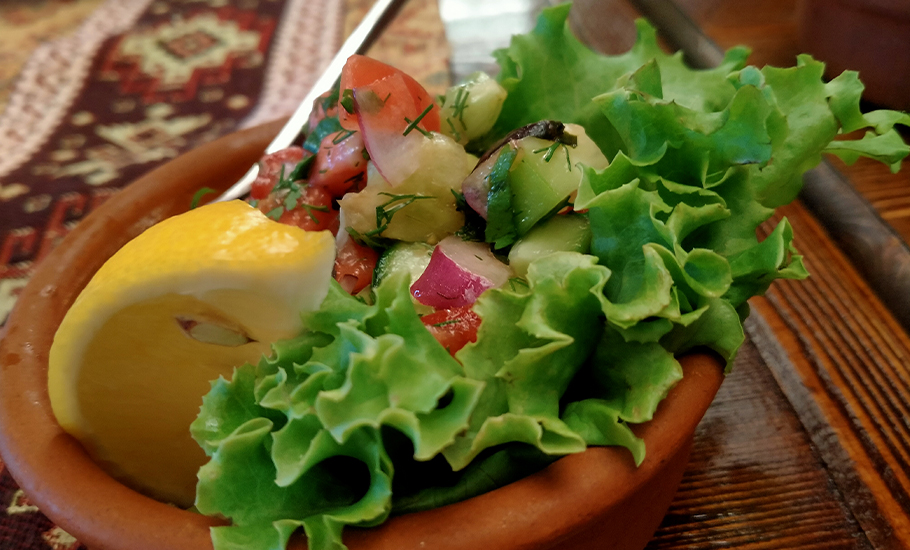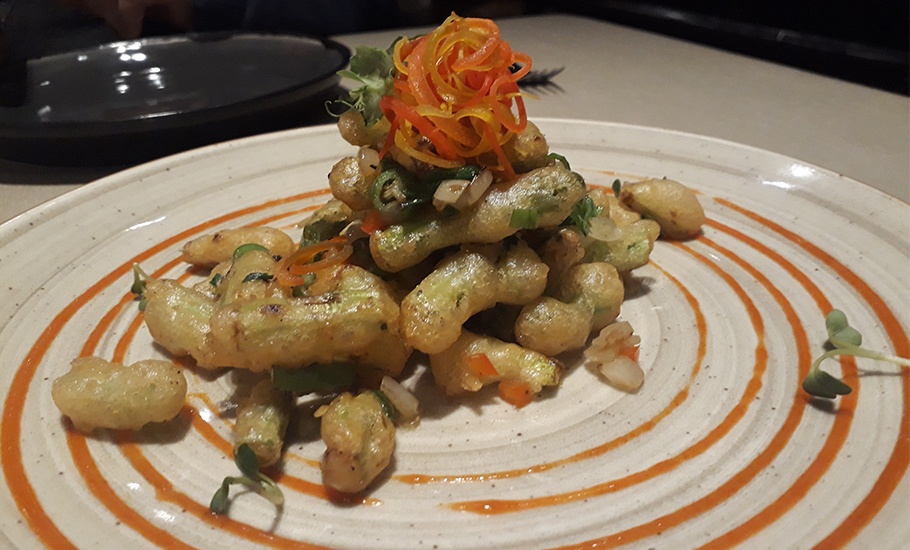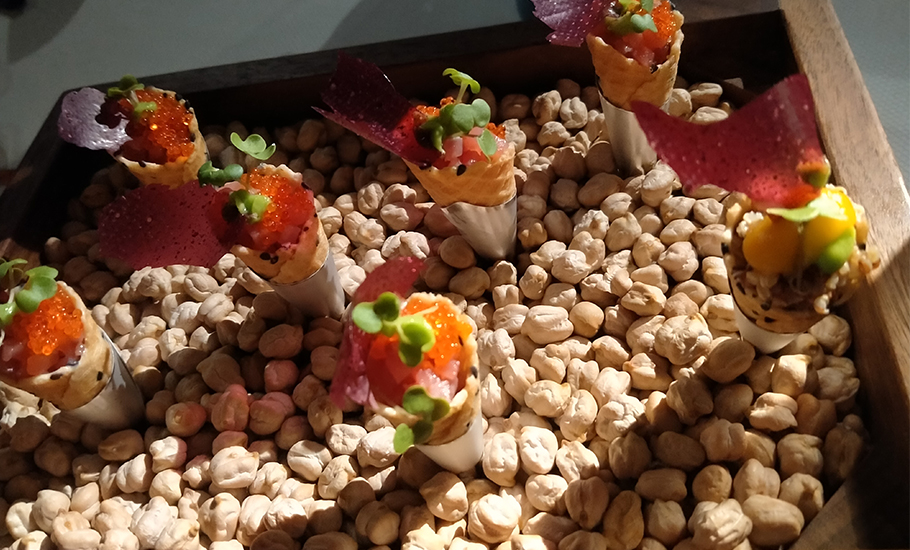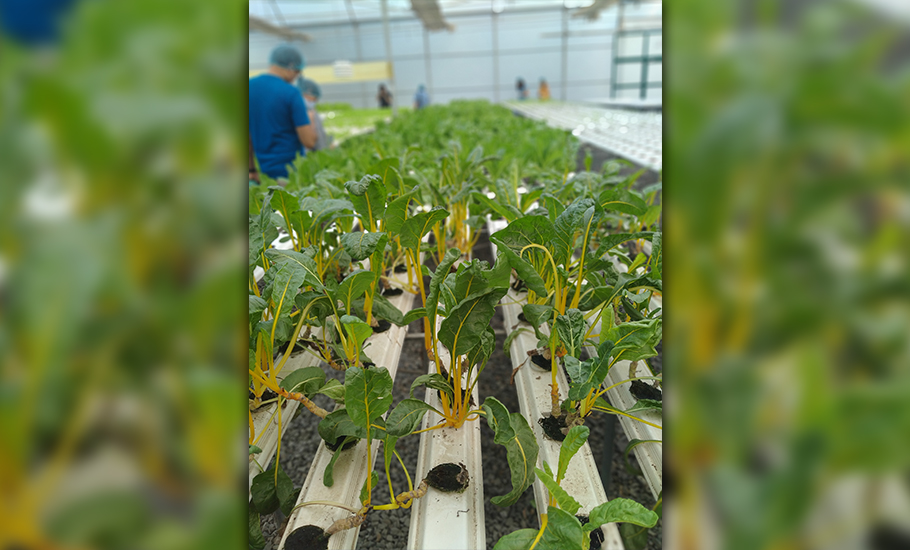
- Home
- India
- World
- Premium
- THE FEDERAL SPECIAL
- Analysis
- States
- Perspective
- Videos
- Sports
- Education
- Entertainment
- Elections
- Features
- Health
- Business
- Series
- In memoriam: Sheikh Mujibur Rahman
- Bishnoi's Men
- NEET TANGLE
- Economy Series
- Earth Day
- Kashmir’s Frozen Turbulence
- India@75
- The legend of Ramjanmabhoomi
- Liberalisation@30
- How to tame a dragon
- Celebrating biodiversity
- Farm Matters
- 50 days of solitude
- Bringing Migrants Home
- Budget 2020
- Jharkhand Votes
- The Federal Investigates
- The Federal Impact
- Vanishing Sand
- Gandhi @ 150
- Andhra Today
- Field report
- Operation Gulmarg
- Pandemic @1 Mn in India
- The Federal Year-End
- The Zero Year
- Science
- Brand studio
- Newsletter
- Elections 2024
- Events
- Home
- IndiaIndia
- World
- Analysis
- StatesStates
- PerspectivePerspective
- VideosVideos
- Sports
- Education
- Entertainment
- ElectionsElections
- Features
- Health
- BusinessBusiness
- Premium
- Loading...
Premium - Events

Artisanal, bespoke ingredients set the bar high at fancy dineouts

If there’s one thing that the pandemic has taught us is that health precedes everything. As a result, the ‘mindful and mouthful’ philosophy has managed to percolate into our kitchens and impact our eating choices. While bourgeois food terms such as artisanal, boutique, and hydroponic accentuate modern menu cards, planet-loving people scoop out a guilt-free bite to amp up their...
If there’s one thing that the pandemic has taught us is that health precedes everything. As a result, the ‘mindful and mouthful’ philosophy has managed to percolate into our kitchens and impact our eating choices. While bourgeois food terms such as artisanal, boutique, and hydroponic accentuate modern menu cards, planet-loving people scoop out a guilt-free bite to amp up their Insta-worthy meals.
As eating out is all the rage again, food trends inspired by rainbow colours, eye-catchy presentations, and innovative contrast combinations are major crowd-pullers for Gen Z and millennials, who usually don’t hesitate to pay for top-quality experiences. For the uninitiated, decoding modern menus at any fancy eating outlet could be a daunting affair with several specifications and dietary information. For vegans, menus are mostly seasonal and largely plant-based with homegrown herbs. While the non-vegetarians look for considerate selections of meat, fish, and dairy (usually the milk is A2 grade lactose-free). The newest addition to the basket is hydroponic organic farm-produced fruits and vegetables grown in controlled, pesticide-free environment using water and limited soil.
The artisanal
By definition, an artisanal ingredient indicates a completely handcrafted product while a boutique wine or cheese means customised or bespoke limited edition products for a niche market. The term artisanal has traditionally been used to describe meats, cheeses, breads, vinegars, and beverages, and in the modern context it is used to describe a food dish that’s associated with fresh, non- or minimally processed, and often, locally sourced ingredients.

Ishan Pansuria, founder of Toska Chocolates, a homegrown food brand that makes artisan chocolate, gives a lowdown on this trend. “You can call it craft chocolate or bean-to-bar chocolate, and it basically describes a fancy, higher-end chocolate with incredible flavours and very few ingredients (mostly just cocoa and sugar). We use single-origin cocoa beans that allow for the subtle flavours of the chocolate to shine, he says.
According to Pansuria, flavours of these chocolates vary wildly and range among fruity, floral, earthy, herbal, spicy, tart, etc. “No preservatives, oils, or artificial flavouring is used in making these chocolates and that’s why it is handcrafted and a small-batch product. Small batch doesn’t mean the capacity is low. It simply means we make small batches so that we give 100 per cent to each bar that we make using the best quality ingredients,” he tells The Federal.
However, the main challenge to creating an artisanal bar is sourcing the right cocoa beans, and once that is done there’s no problem. “Homegrown products are made with no chemicals and only with honest ingredients. We work with farmers directly, and there is no middleman involved to encourage fair trade.” He goes on to explain that using a certified process that is followed by cocoa farmers, buyers, and chocolate manufacturers, it is designed to create sustainable incomes for farmers and their families.

“The pandemic was actually a blessing in disguise as people started trusting homegrown brands more than ever. They realised the difference between imported products and homegrown products.”
Healthy indulgence
As the love for local and forgotten ingredients makes a strong comeback, the health factor plays an important role. For many youngsters, healthy and fresh food is a bigger priority than before as they love to discuss their eating and fitness habits on social media. With a general rise in awareness around sourcing, carbon footprint, and sustainable practices, people want to know how the products are made, where ingredients come from, how they are sourced, and what manufacturers do to care for the environment and their community.
Chef Prasad Metrani, director culinary at Conrad Bengaluru, believes the younger generation doesn’t like to cook three times a day to eat. “They want easy, on-the-go, ready-to-eat food.” The recent food fads, he says, for organic foods and healthier dishes add value and nutrition to their diet. Super foods and forage ingredients like lentils, millets, avocado, quinoa, organic meats, organic vegetables, berries, mushrooms etc are very popular these days.

“We use fresh black turmeric, monterosa tomatoes which are organically grown in Bengaluru by Rewet Farms. Our vegetables are mainly sourced from Doddaballapur, the nearest village to Bengaluru, so that vegetables are used with maximum nutrients and freshness. We are increasing the usage of forage ingredients like local mulberry, moringa, organically grown local green leaves. Organic Meats and local Seafood’s like Kadaknath Chicken, Local Betki, local seabass, Crabs, etc., from nearest shores are also quite popular on our menus,” he says.
Return to the roots
The rise in demand for homemade preserves, handcrafted cheese, chocolates, pickles, and vegan milk might definitely be a good sign for small and medium producers, but the big business comes from mass popularity. Post-pandemic, the trend of conscious consumption is getting popular in the food business as well. Moreover, a lot of homegrown and organic products are in demand, and this will continue for a long time as it assures quality, according to chef Noah Barnes, co-founder of Miss Margarita by Arriba in New Delhi. At his restaurant, Barnes curates a menu that emphasises slow-cooking techniques that preserves authenticity and enriches the flavour experience. This method has been prevalent in India for a long time and is known to enhance the flavour quotient. The slow cooking techniques are used by many restaurants for their signature dishes and he hopes that it will be bigger in the coming years.

“Another trend that has caught on is experimenting with spices. A lot many are now trying out different spice portfolios such as habanero, chipotle, etc. Mexican cuisine is all about spices and we directly source spices like habanero, chipotle, guajillo, pasilla from Mexico. Other homegrown substitutes that we use are Kashmiri chillies, Resham Patti and more. We source our produce from local vendors wherever possible. Mexican cuisine is native to India, with ingredients like corn, tomatoes, cilantro, rajma, etc, we procure these resources organically. Hot sauces and fermented products are particularly organic which we procure from the local farmers,” Barnes tells The Federal.
